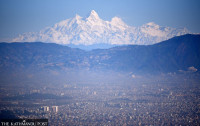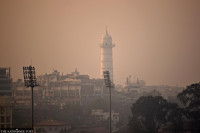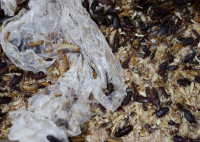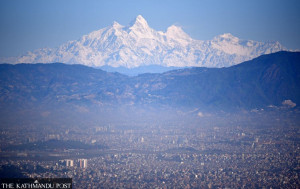Climate & Environment
Nationwide count of water birds kicks off
A group of more than 400 ornithologists, nature guides, technicians and bird enthusiasts are busy counting aquatic birds in several parts of Nepal.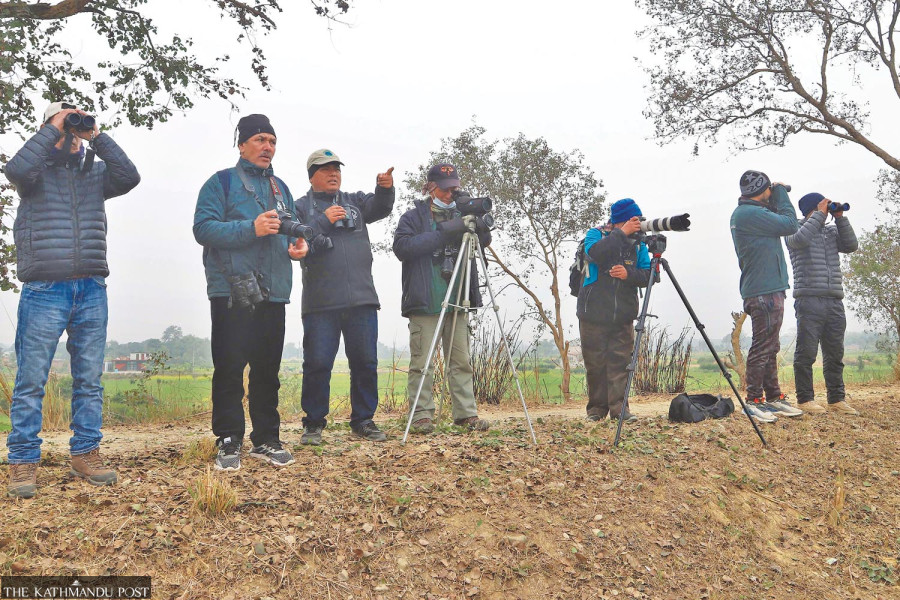
Manoj Paudel
Counting itself is a daunting task, more so to count birds. One hardly knows where a bird spotted in one place flies to. Birds are restless. They fly far and wide in a matter of seconds. But experts carry out such a tricky task and come up with a number of bird species and their population.
A group of more than 400 ornithologists, nature guides, technicians and bird enthusiasts are busy counting aquatic birds in several parts of Nepal. A nationwide count of water birds kicked off simultaneously in various parts of the country on Saturday. The census will continue until January 19.
“Ornithologists and nature guides started counting in the Manohara river area, the Bagmati river and Taudaha of Kathmandu, Koshi Tappu Wildlife Reserve of Koshi Province, and Shuklaphanta National Park of Sudurpaschim Province on Saturday,” said Laxman Paudel, the national coordinator of the project.
The aquatic bird census is carried out in mid-winter keeping in view winter migratory birds. According to ornithologists, counting takes place in more than 80 lakes, rivers, streams, wetlands and bird sanctuaries by dividing the area into 18 large blocks. The ornithologists and nature guides count water birds in 15 different places of Pokhara alone.
The Nepalese Ornithological Union has got the support of the Wetlands International in the national water bird census. The Department of National Parks and Wildlife Conservation, the Bird Conservation Nepal and other organisations working in bird conservation are involved in the work.
“Census of water birds takes place globally during this time at the initiation of the Wetlands International. It helps to ascertain the number of aquatic birds with counts going on simultaneously throughout the world,” said Hem Sagar Baral, a senior ornithologist. The count in Nepal is conducted in all possible habitats of the water birds.
The counting of water birds is held every year in January in various water bodies and wetlands. Nepal conducted its first water bird count in 1967 and has conducted it annually since 1987.
The count, according to bird conservationists, is important to prepare policies and programmes of bird conservation. “We can find out our strengths and weaknesses in bird conservation. It also helps to gauge the impact of climate change and the whole ecosystem,” said ornithologist Krishna Prasad Bhusal. He argued that the bird census is helpful for the local, provincial and federal governments to work on conservation and promote birding in the country.
Reports of the bird count will be made public during the national wildlife week which is annually celebrated in the week after the Nepali New Year in mid-April. A total of 63,900 water birds were recorded last census.
Nepal welcomes around 150 species of migratory birds, more than 100 of them water species, every year. The aquatic birds, according to ornithologists, migrate to various lakes, rivers and wetlands in Nepal from Siberia, China, Mongolia, Turkmenistan, Kyrgyzstan, the Korean peninsula and elsewhere with the onset of winter and stay here until February.
Ornithologists, however, are worried about the decline in aquatic bird populations in major habitats of winter migratory birds in recent years.
“Habitat loss is the major challenge in bird conservation in Nepal. Shrinking wetland area, use of insecticides, pesticides and chemical fertilisers in farmlands and water bodies, unsafe electric wires, climate change and hunting are behind the drop in aquatic bird populations,” said ornithologist Hathan Chaudhary.
A total of 897 bird species, including some critically endangered species, have been recorded in Nepal.




 11.12°C Kathmandu
11.12°C Kathmandu
